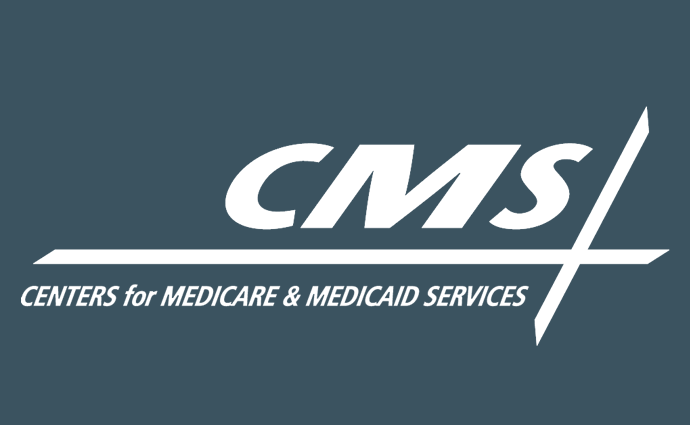CMS: Medicare Part D Monthly Premium May Be 5% Higher in 2022
The Medicare Part D monthly premium could rise to approximately $33.37 in 2022, the agency projected.

Source: Getty Images
- CMS estimates that the average monthly premium for Medicare Part D coverage will increase in 2022.
“Driving down prescription drug costs remains a priority for the Biden-Harris Administration,” the press release said. “Earlier this month, President Biden signed an executive order to increase competition, reduce drug costs, and reduce price gouging.”
Based on health plans’ projected drug spending for 2022, CMS shared in the bid information release that the average premium may increase 4.9 percent to $33.37. The national average monthly bid for 2022 is $38.18 and the Part D base beneficiary premium for 2022 is $33.37.
The amount of the health plan premium that is above the low income subsidy benchmark—also known as the de minimis amount—will be $2 for 2022. Health plans can step in to waive that part of the premium that exceeds the benchmark. They have until Thursday August 5, 2021 to waive the de minimis portion of the premium as well as fulfill rebate reallocations.
Texas had the smallest low income premium subsidy amount with a $25.10 subsidy and New York had the largest at $42.43, according to regional data. Seven states submitted a subsidy amount of $38.88.
The agency will release the finalized premium and cost-sharing information for both Medicare Advantage and Medicare Part D plans in September 2021.
In tandem with the announcement regarding Part D premium costs, CMS released more information about Medicare Advantage regional preferred provider organization benchmarks and employer group wavier plan regional payments.
For 2021, the average premium is $31.47 per month. When CMS finalized the Part D premium for 2021, it presented a slight increase from the previous year, which premiums were $30. Still, at $30.50, the 2021 Part D premium was the second lowest Part D premium since 2013.
However, in 2020 when CMS solidified the average basic premium for 2021 Part D plans, AHIP warned that higher premiums may be around the corner in the following years. The payer organization expressed its concern that the rebate rule—which leveraged drug importations to control drug spending—could instead boost the average Medicare premium by 25 percent.
The announcement of the projected Part D premiums for 2021 came shortly before CMS celebrated the fifty-sixth anniversary of Medicare and Medicaid. CMS and HHS leaders together voiced their support for the Medicare program.
“The health needs of those who rely on these vital CMS programs are always evolving, and because of that, the Biden-Harris Administration will continue to work to expand and strengthen Medicare and Medicaid so they remain quality and reliable health programs,” said Brooks-LaSure.
“Ensuring these programs also work to advance health equity nationwide is also a top priority for CMS. Access to health coverage is a right and no one should be left out, left behind, or left on the sidelines.”
Brooks-LaSure also noted that Medicare and Medicaid combined provide healthcare coverage for approximately 140 million Americans. The press release went on to note that 47.2 million beneficiaries receive coverage for prescription drug spending from Medicare Part D.
Through the Affordable Care Act, the Part D benefit shrank beneficiaries’ out-of-pocket spending burden from 100 percent of the drug spending costs to a quarter of the cost of their prescription medications.
“For decades, Medicare and Medicaid have been a lifeline and a steady foundation for our seniors, children, women, families, people with disabilities, and at every stage in life,” HHS Secretary Xavier Becerra said in the statement.
“Throughout my career, I’ve championed these vital programs for America’s families and seniors, and as HHS Secretary, I will work with President Biden to build upon Medicare and Medicaid for generations to come.”
